By Yang Liu
Photography: Haiting Sun; Courtesy DL Atelier
Read Time: 2 mins
Ar. Yang Liu of DL Atelier, Beijing, China, equates his design for adaptive reuse to the impressionist painter, Vincent van Gogh’s painting that has become iconic of individualized expression…
In the past few years, I have seen Van Gogh’s Starry Night and Sunflowers on separate occasions. At that time, I was not so touched - perhaps my mood wasn’t quite right. Last year, when working on a renovation project, I revisited my impression of those paintings and had some new revelations.
The project site sits in a hidden spot in the heart of Beijing’s CBD area. We were asked to renovate a tall, three-storey 1980’s light industry factory building with a 4-6m span. The entire industrial complex had had its façade system redesigned by Kengo Kuma, and we were not allowed much room for expression on the exterior.
Function-wise, it was initially purposed as a yoga school; half-way through construction, however, the client decided it would become home to an educational organisation, and before long, the project brief went from a kindergarten to a shared working space. Towards the end, one no longer knew what the project was about.
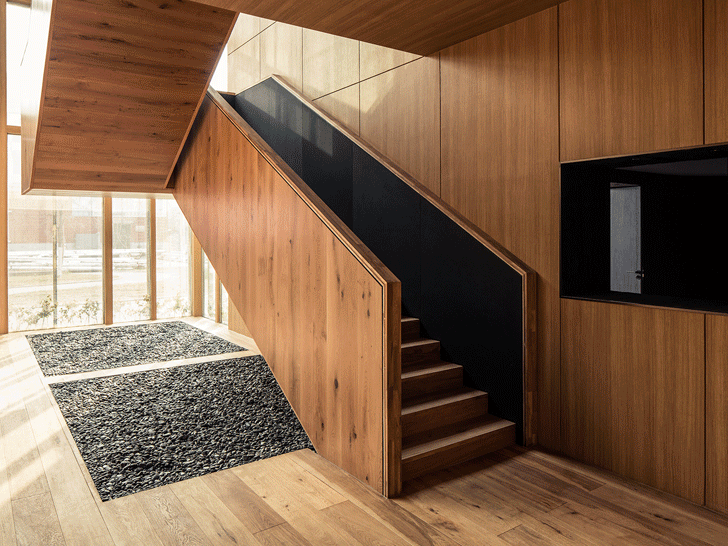 |
| . |
Function-wise, it was initially purposed as a yoga school; half-way through construction, however, the client decided it would become home to an educational organisation, and before long, the project brief went from a kindergarten to a shared working space. Towards the end, one no longer knew what the project was about.
The changes unravelled in a slow yet sudden stretch of time. The struggle was much less about technical difficulties than it was about the psychological conflict and unease, which was inevitably reflected in the design. What I enjoyed about the process is that the project was turned into a spatial diary: it documented the journey of my design thinking and provided a peaceful sanctuary in moments of confusion.
Due to constant changes in spatial layout and construction progress, gradually the design had to compromise the project's totality and focus on creating singular spaces instead. Because of the absence of content, we tried to design each room as a hallway-like non-specific space. I think it is precisely this kind of space that could stimulate our senses in unexpected ways. When thinking of a functionally-specific space – a classroom for example, we oftentimes have our senses occupied by pre-conceived notions of an educational experience. A ‘useless’ space, however, encourages us to be curious and sensitive both outwardly and inwardly.
With a series of ‘useless’ spaces at our disposal, and depending on the lighting condition, we assigned two somewhat conflicting spatial atmospheres: one passionate and fiery, the other calm and detached. The binary was articulated almost as if to enhance a sense of theatricality. More importantly, with the spatial juxtaposition and opposition, we hoped that people inside the building would feel the co-existence of these two atmospherics anytime and anywhere.
The outcome was not dissimilar to the sentiments in Van Gogh’s paintings. Amidst conflicts and chaos, there lingers drunken illusions of the craziness of the world.
Beyond the solitude of sunflowers and the infinity of the night sky, was there another sanctuary for Van Gogh's wandering mind? I may never know, but still I ask myself: what occupied the minds of the sunflowers, as the night fell, and stars cascaded?!
Fact File:
Architects: Atelier DL
Project Architects: Yang Liu, Xinye Sun, Mohuai Hu, Limei Zheng
Area: 1280 sq. m.
Location: Beijing, China

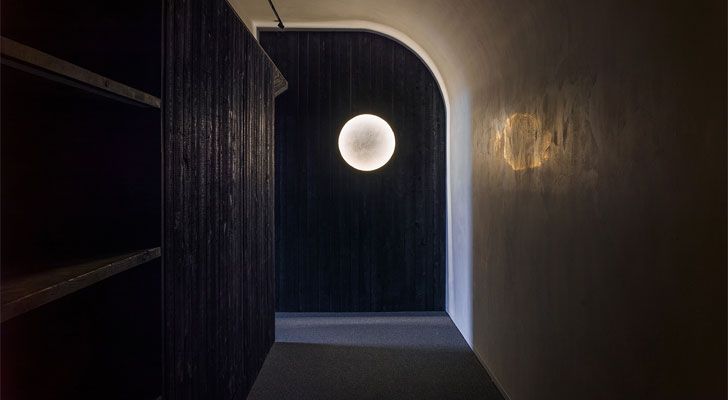
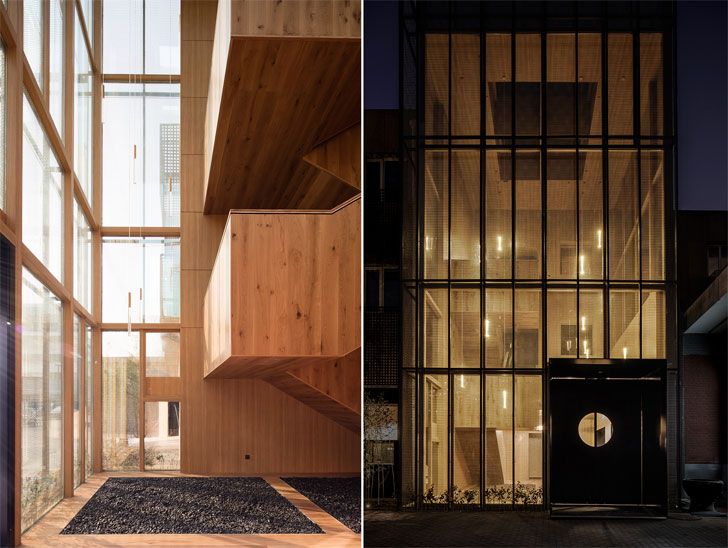

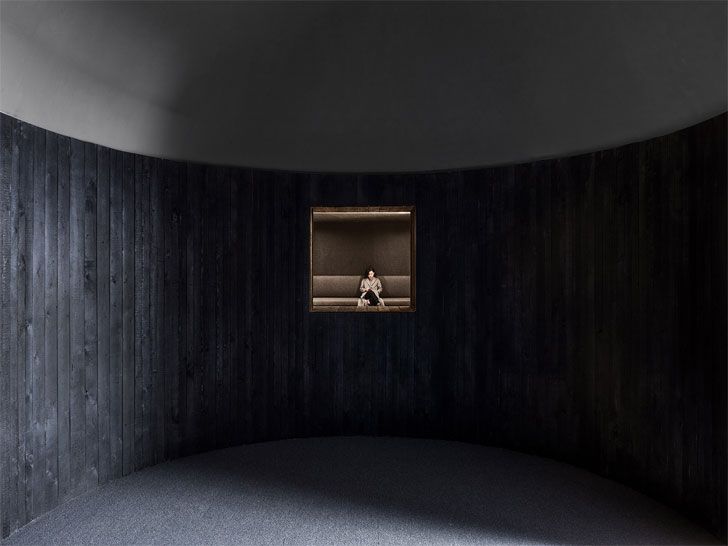
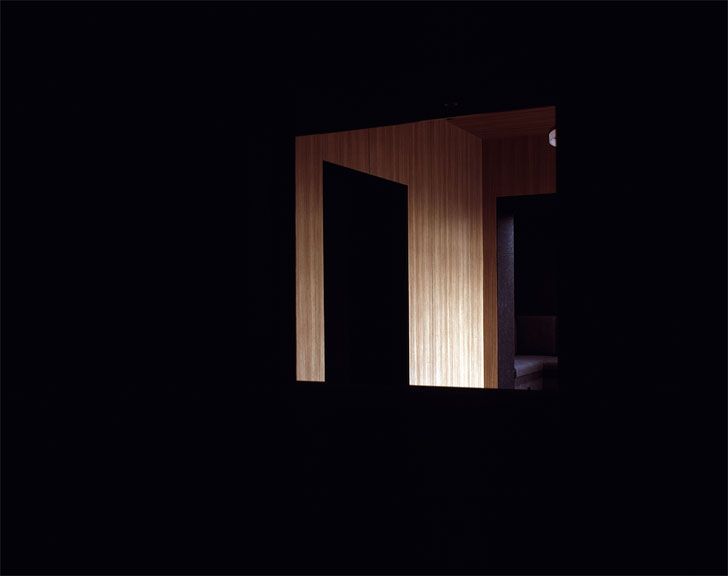
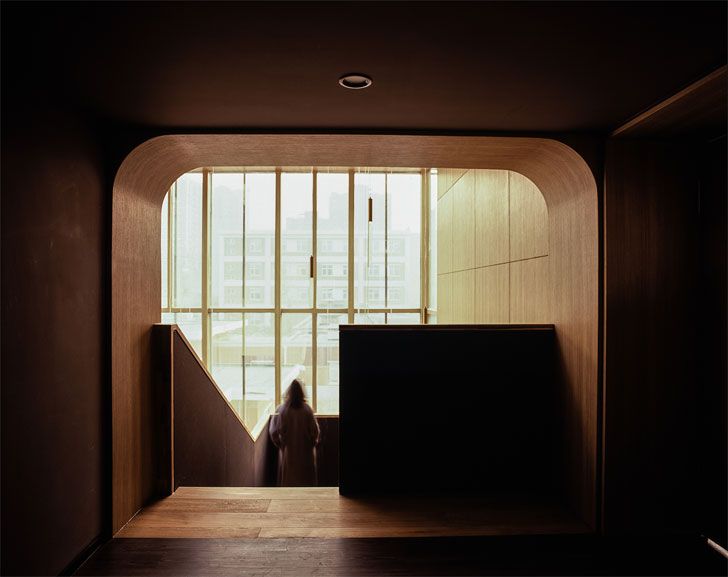
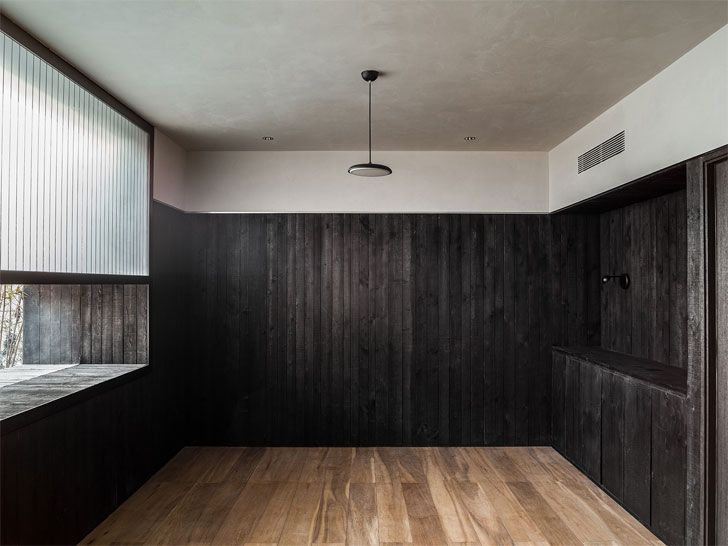
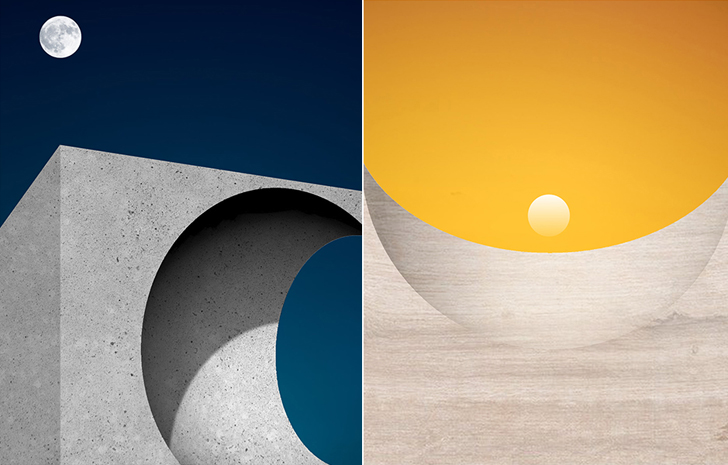
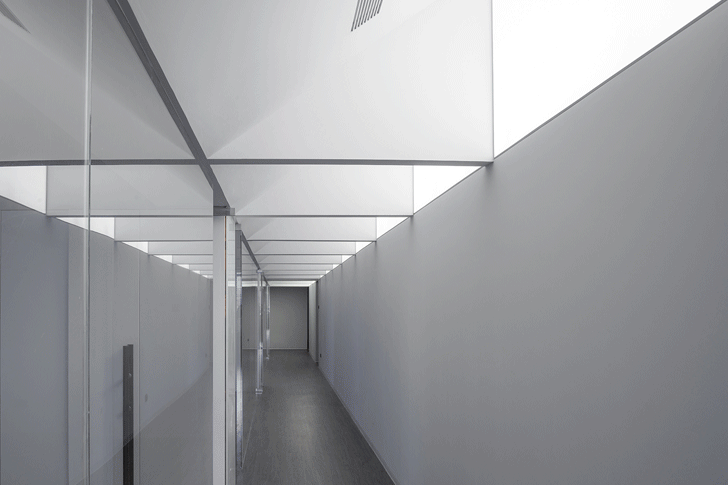
No comments :
Post a Comment